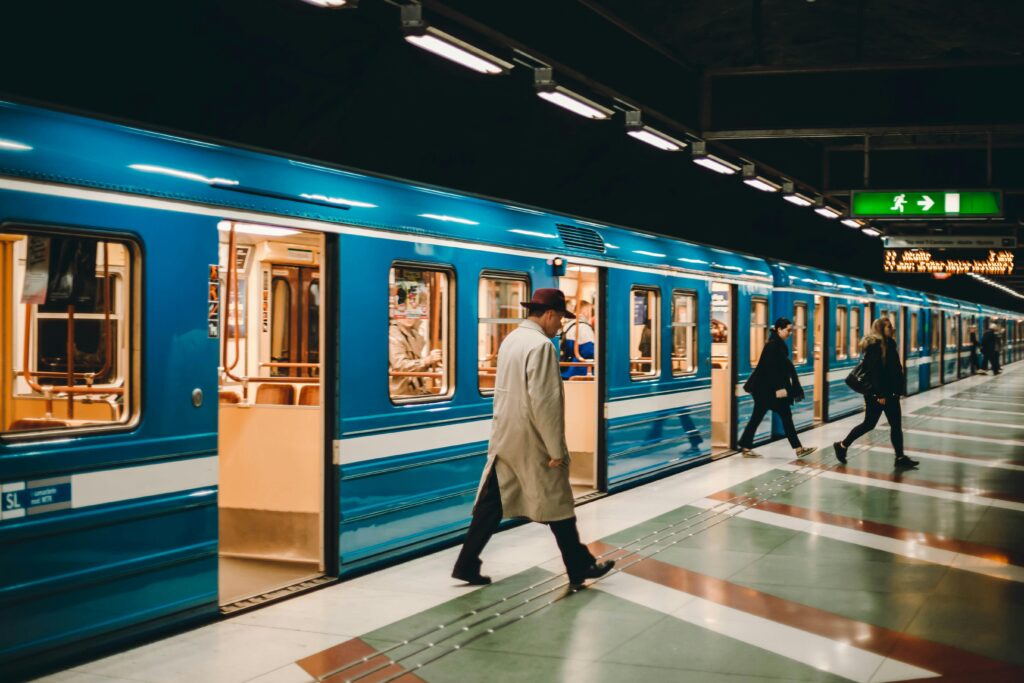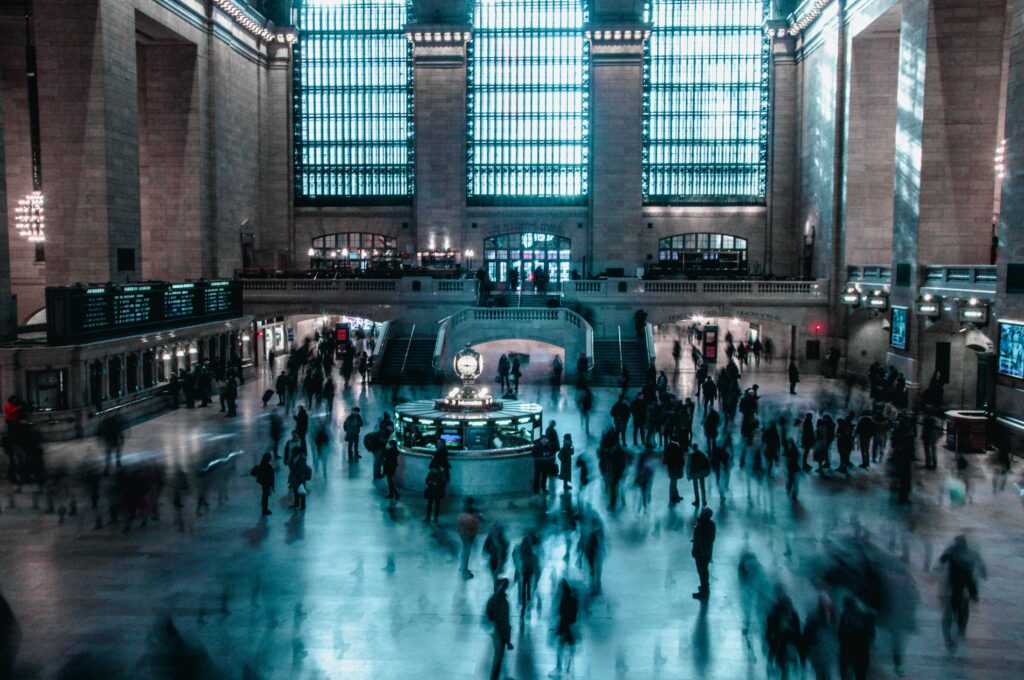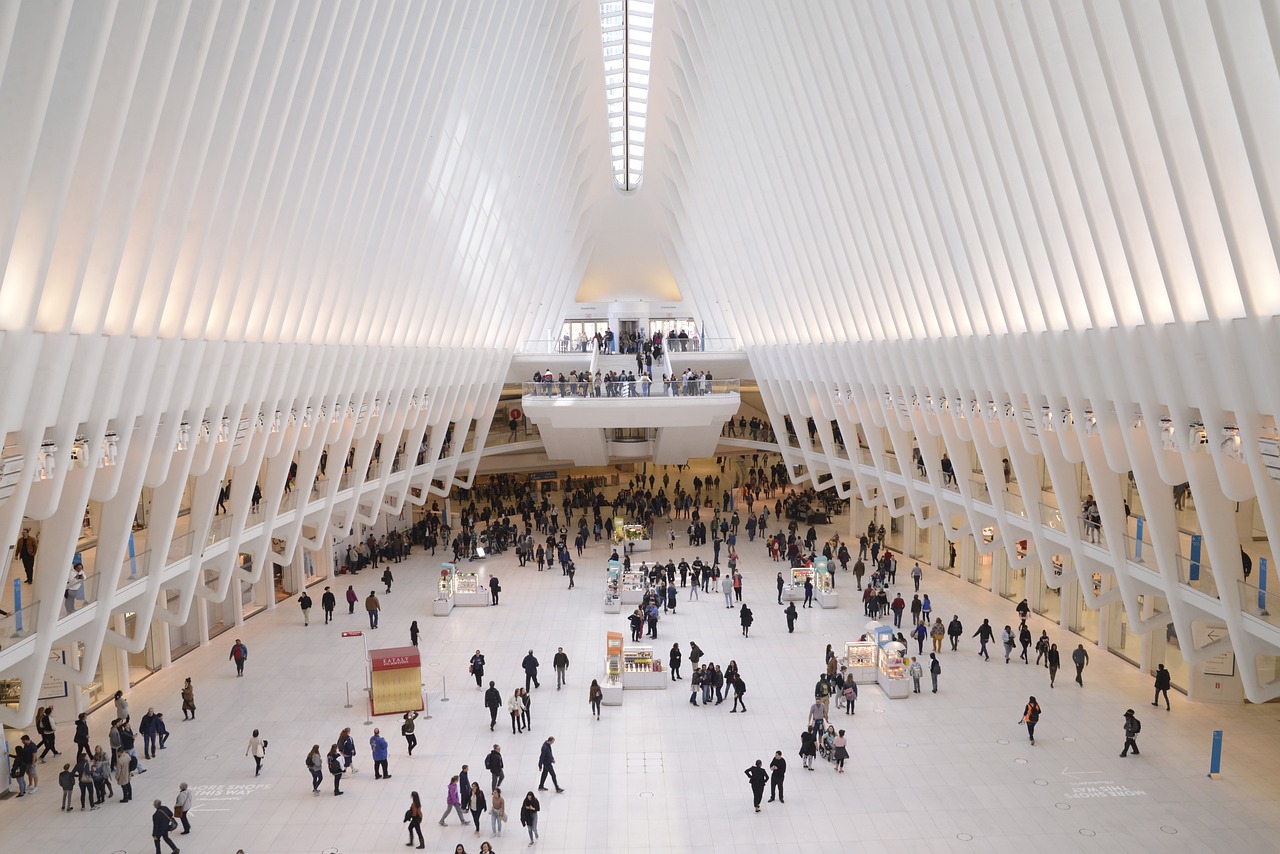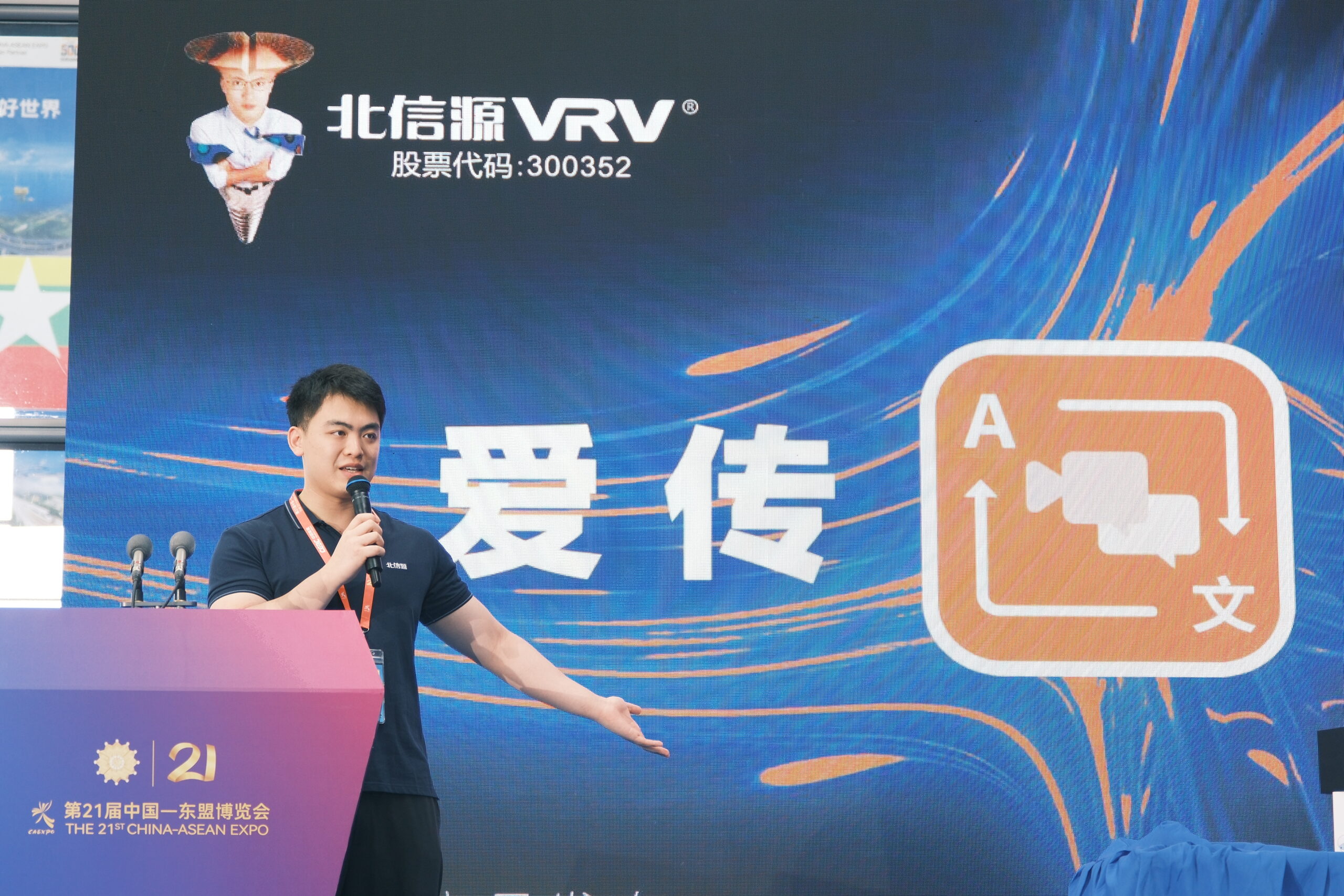The United States, despite its wealth and technological advancements, faces significant challenges in its public transportation infrastructure. Issues such as limited high-speed rail options, overreliance on automobiles, and underfunded transit systems contribute to inefficient and often inaccessible transit services. Addressing these challenges is crucial for enhancing mobility, reducing environmental impact, and promoting economic growth.

The State of U.S. Public Transit
In many U.S. cities, public transit systems are fragmented and underdeveloped. For instance, the San Francisco Bay Area comprises 27 separate transit agencies, leading to complicated and time-consuming journeys for passengers crossing jurisdictional lines. This fragmentation often results in inconsistent schedules, fare structures, and service quality, discouraging potential riders.
Moreover, the lack of investment in high-speed rail places the U.S. behind other nations. Countries like China have developed extensive high-speed rail networks connecting major cities, with trains reaching speeds up to 286 mph. In contrast, the fastest U.S. train, Amtrak’s Acela, averages about 66 mph between Boston and New York City, failing to meet international high-speed rail standards.
Challenges Facing U.S. Transit Systems
Several factors contribute to the shortcomings of U.S. public transit:
1. Funding Shortfalls
Many transit agencies face financial crises due to declining ridership and reduced fare revenues, exacerbated by the COVID-19 pandemic. Without new funding, agencies may resort to fare increases, service cuts, and layoffs, further diminishing service quality.
2. Infrastructure Fragmentation
The presence of multiple transit agencies within single metropolitan areas leads to disjointed services, making navigation cumbersome for riders. This fragmentation hinders the development of cohesive and efficient transit networks.
3. Safety Concerns
Incidents of violence and fare evasion have raised safety concerns among riders. Transit systems are investing in security measures, such as installing tall metal gates and increasing surveillance, to address these issues and restore public confidence.
4. Urban Sprawl and Car Dependency
The design of many U.S. cities prioritizes automobile travel, leading to urban sprawl and making it challenging to implement effective public transit solutions. This car-centric culture contributes to traffic congestion and environmental degradation.

Innovative Solutions and Success Stories
Despite these challenges, several U.S. cities have implemented innovative solutions to improve public transit:
- Portland, Oregon: Known for its sustainable transit solutions, Portland has integrated efficient light rail networks with extensive bicycle infrastructure, serving approximately 310,000 daily riders.
- San Bernardino, California: The city launched America’s first hydrogen-powered passenger train, the Zero-Emission Multiple Unit (Zemu), marking a significant innovation in clean passenger rail and showcasing a commitment to reducing carbon emissions.
- Los Angeles, California: In preparation for the 2028 Olympic Games, Los Angeles is investing $120 billion in public transport, including new Metro stations and increased bus services, aiming to reduce reliance on cars and transform the city’s transportation landscape.
Strategies for Improvement
To revitalize public transit in the U.S., the following strategies should be considered:
1. Increased Investment
Allocating more funds to develop and maintain transit infrastructure is essential. This includes expanding high-speed rail networks and modernizing existing systems to enhance efficiency and reliability.
2. Regional Integration
Consolidating transit agencies within metropolitan areas can create more unified and user-friendly systems, simplifying navigation for riders and improving service coordination.
3. Public-Private Partnerships (PPPs)
Leveraging PPPs can drive innovation and sustainability in transit projects. For example, the U.S. federal government has invested $1.2 billion in a PPP to build a clean hydrogen hub for Santa Cruz Metro.
4. Embracing Technology
Implementing advanced technologies, such as real-time tracking, mobile ticketing, and on-demand microtransit services, can enhance the user experience and attract more riders.
5. Promoting Sustainable Practices
Investing in zero-emission vehicles, such as electric buses and hydrogen-powered trains, can reduce the environmental impact of public transit and contribute to broader climate goals.

Frequently Asked Questions
Why is public transit in the U.S. underdeveloped compared to other countries?
Factors include historical prioritization of automobile infrastructure, fragmented transit agencies, insufficient funding, and urban planning that favors car travel over public transportation.
How can public transit funding be improved?
Funding can be enhanced through increased government investment, public-private partnerships, and exploring alternative revenue sources such as congestion pricing and dedicated transit taxes.
What role does technology play in modernizing public transit?
Technology enhances transit systems through real-time tracking, mobile ticketing, and on-demand services, improving efficiency, convenience, and user satisfaction.
How does public transit impact the environment?
Effective public transit reduces reliance on personal vehicles, leading to lower greenhouse gas emissions, decreased traffic congestion, and improved air quality.
What are the benefits of integrating multiple transit agencies?
Integration leads to streamlined services, unified fare systems, coordinated schedules, and an overall more efficient and user-friendly transit experience.
By addressing these challenges and implementing innovative solutions, the U.S. can develop a public transit system that is efficient, sustainable, and accessible to all.
Sources Current Affairs


